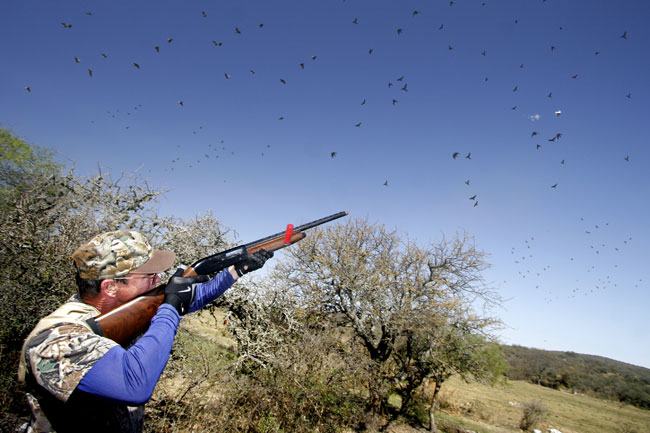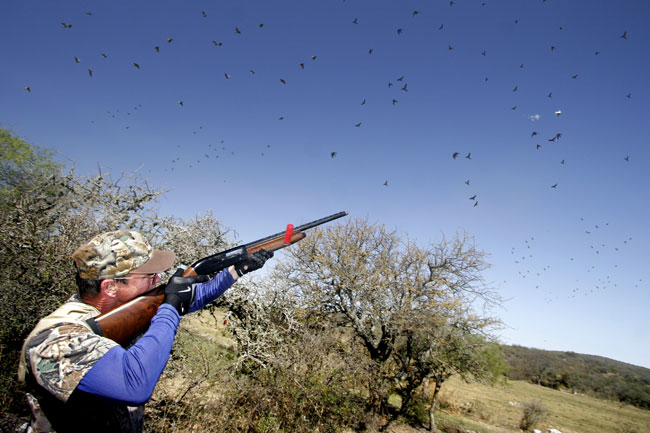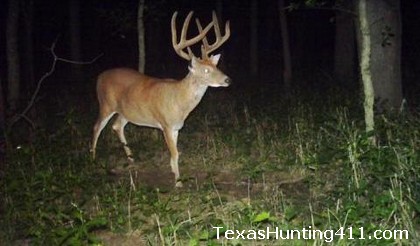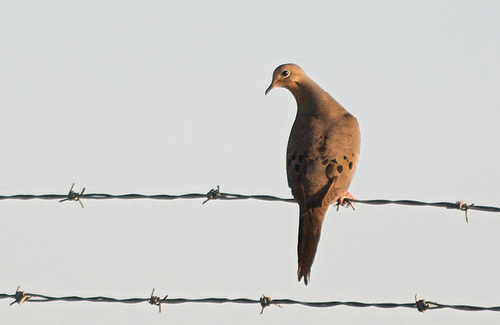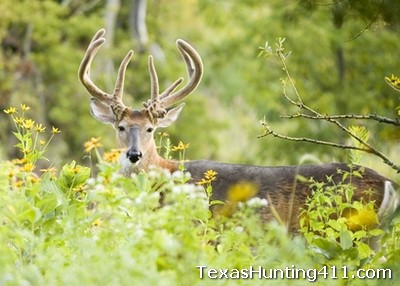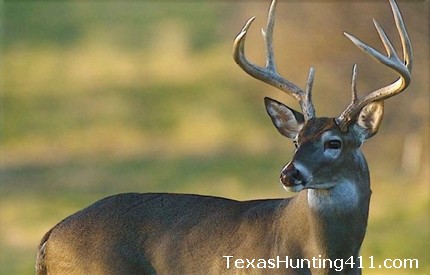Question: “I have been whitetail deer hunting in Comanche, Texas, for about 10 years now. Have never been good at scoring deer, but now I need some help. We never used cameras on our deer lease until this last year. Our neighbor has really nice bucks on his ranch but we have never seen anything on our property to talk about until I put up a game camera up at my feeder.
I don’t really know how to score this big buck that has showed up on the trail camera. I saw him once during the day when I was driving down a road by my stand last deer hunting season. I am thinking this buck is about four years old, but I am no pro at aging deer either. Please let me know what you think about him. I put cameras up in Comanche County about two weeks ago and will be going back in a week to check them out. Hope the buck is still hanging around.”
Response: I have a good friend that hunts in Comanche County, too. I’ve been out on his deer lease several times and have some seen some great bucks. The bucks have very good genetics in many areas, so it’s just a matter of proper management. This means allowing them to age and get some decent nutrition. They shoot some great bucks every year in part to the good buck age structure and the fact that they keep the deer numbers at the proper number for the habitat.
Scoring bucks on the hoof is not easy, but there are some things that you can do that will get you in the ball park. Antler score is all about mass, beam length, inside spread and tine length. The first three can lumped together as a base score. The best way to estimate these is to look at some antlers from bucks that have been shot on your place. Measure the mass, beam length and inside spread. Use this to give you an idea of what the average for these measurements are in your area.
Generally speaking, a mature buck in your area probably has mass measurements that total between 27 and 30 inches. The beams on that same buck are probably 20 to 22 inches in length with a inside spread of 16 to 17 inches. Taking the average of all these ranges, the base score for a buck in your area would be 28 1/2 + 21 + 21 (again, there are two beams!) + 16 1/2 for a total of 87 inches. This means that a mature buck in Comanche County would have a base score between 85 and 90 inches. While hunting in the field, adjust this number to the high or low side depending on the buck.
The only measurements to add in to the gross B&C score would be the tine length, which you can estimate from game camera photos or in the field. Photos are preferred by myself because it allows me more time, and often more angles, to make a decision. However, sometimes bucks that you have zero pictures of show up. This method will allow you to knock out a very close estimate in short order.
Lastly, antler score is a great tool for tracking deer management efforts, but score is not everything when it comes to deer hunting. The harvest of trophy quality animals means that you are doing something right, but mature bucks should probably be harvested, especially those 6 1/2 years of age or older, regardless of antler score. Calculate the gross score of your buck from these photos by using a base score of 90 and adding in the length of all normal and abnormal points.

